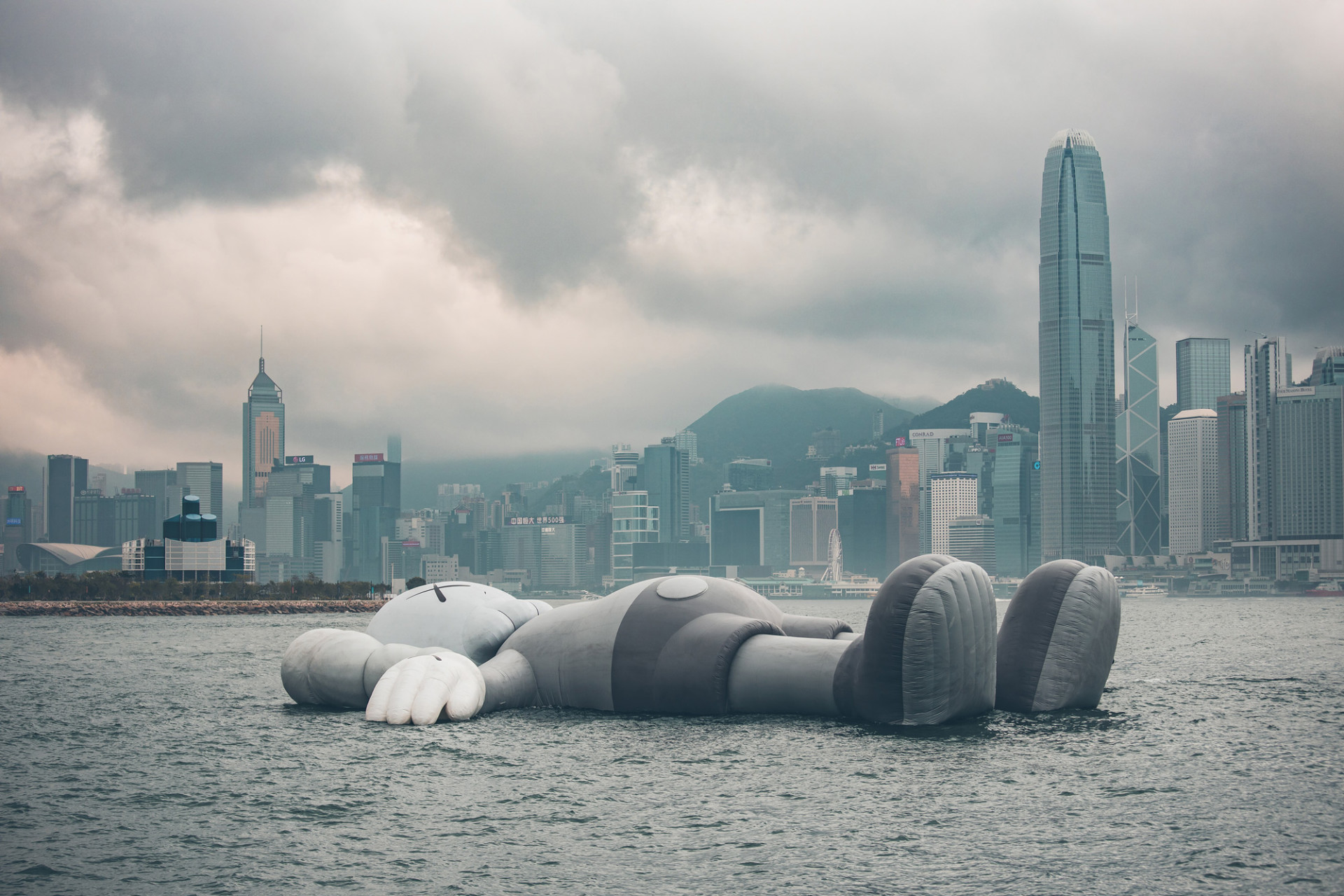
Doors, Dresses, & More: 10 Oddly Beautiful Creations from Famous Artists
In the realm of artistic expression, creativity knows no bounds. Many famous artists, known for their mastery in traditional mediums, have often ventured into uncharted territories, giving rise to a diverse array of captivating and unexpectedly beautiful creations. From intricately designed doors to wearable art in the form of dresses, these unconventional masterpieces redefine the boundaries of artistic innovation. In this exploration, we ‘ll unveil ten extraordinary and oddly beautiful creations from the portfolios of celebrated artists, each a testament to the limitless potential of human imagination.
1. Salvador Dali’s Surrealist Lips Sofa
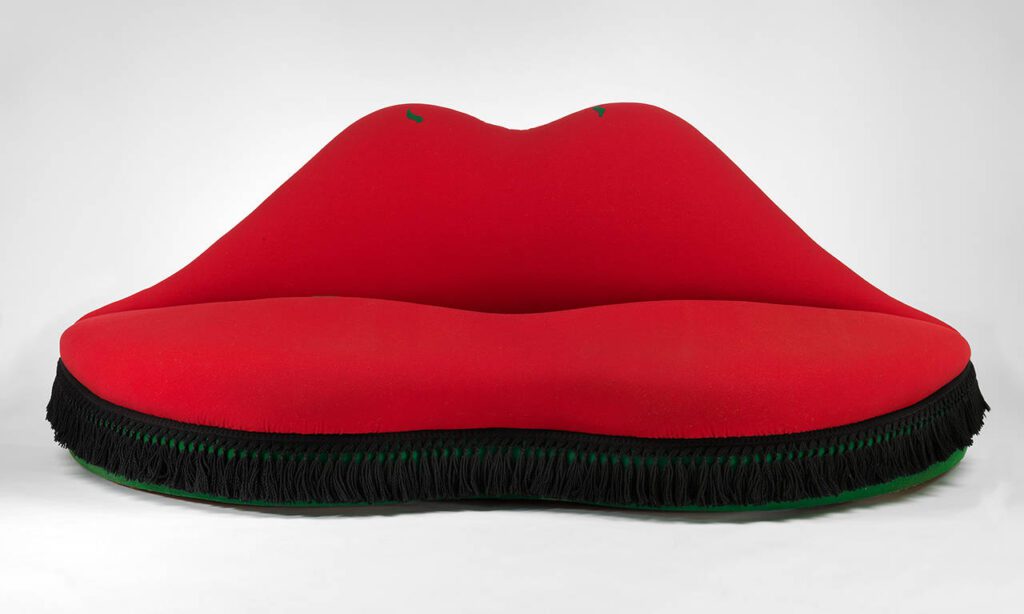
Mae West Lips sofa, Salvador Dalí and Edward James, 1938 – 39, England. Museum no. W.6-2018. © Victoria and Albert Museum, London
In 1935, Salvador Dalí, widely regarded as the foremost Surrealist artist of his time, crossed paths with the British collector and poet Edward James, a kindred spirit in their shared passion for Surrealist art. James was the leading advocate for the Surrealist movement in Britain. Their connection deepened into a profound friendship, with James becoming an ardent collector of Dalí’s masterpieces. In 1936, Dalí sojourned at James’ London residence, an occasion that sparked a flurry of creative brainstorming sessions for Surrealist objects and furnishings. It was James who proposed the audacious idea of crafting a sofa inspired by Dalí’s work, “Mae West’s Face which May be Used as a Surrealist Apartment” (1934 – 35). This extraordinary piece envisaged the vivid scarlet lips of Hollywood luminary Mae West transformed into seating for an otherworldly room arrangement.
2. Jean-Michel Basquiat’s Reclaimed Doors

Basquiat’s painted doors serve as a testament to his ability to infuse even the most mundane objects with profound meaning, transcending their utilitarian origins. His use of vivid colors, dynamic brushstrokes, and enigmatic symbols creates a dialogue between the viewer and the artwork, inviting contemplation and interpretation. As further evidence of Basqiuat’s influence, and the value of his incredibly diverse output, the particular doors pictured above were sold at auction for an incredible $3.6mm USD, after being purchased for just $8.1k, representing a 446x return on investment over the 22 year period. Examples of other painted doors by Basquiat have been housed at the Dallas Museum of Art, and sold by Phillips Auction House.
3. Andy Warhol’s Social Commentary with Brillo Boxes

© The Andy Warhol Foundation for the Visual Arts, Inc. / Artists Rights Society (ARS), New York
In 1964, Warhol embarked on a transformative artistic venture, crafting a series of sculptures meticulously mirroring the familiar Brillo soap pad boxes that graced supermarket shelves worldwide. These were not mere replicas, but hand-painted wooden boxes, each receiving Warhol’s unique touch and undergoing a screen-printing process to faithfully capture the distinctive Brillo box appearance. Warhol’s Brillo Box series was a radical declaration of the aesthetic potential inherent in everyday objects, challenging our perceptions of what constitutes ‘true’ art and what is merely a facsimile. It provoked contemplation about the authenticity of artistic expression. Today, these recreated Brillo Boxes have found their homes in prestigious institutions such as The Philadelphia Museum of Art, as well as in the private sanctuaries of art collectors.
4. HR Giger’s Twisted Living Furniture
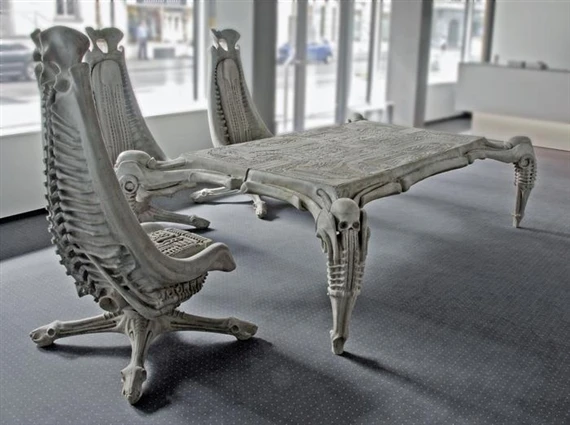
H. R. Giger | Harkonnen table and chairs (1982)
H.R. Giger, renowned for his surrealist and often darkly imaginative artwork, extended his creative prowess into the realm of furniture design. Infused with his distinctive biomechanical aesthetic, Giger’s furniture designs are characterized by their intricate, otherworldly shapes, often resembling simultaneously organic and mechanical structures. Employing materials such as metal, leather, fiberglass, and even concrete, Giger brought his nightmarish visions to life, transforming them into tangible and functional objects. Pictured above is one of Giger’s most iconic furniture creations, the “Harkonnen Capo Chair,” a throne-like piece that exudes an eerie, skeletal quality, evoking a sense of foreboding power.
5. Yayoi Kusama’s Mind-Bending Infinity Rooms
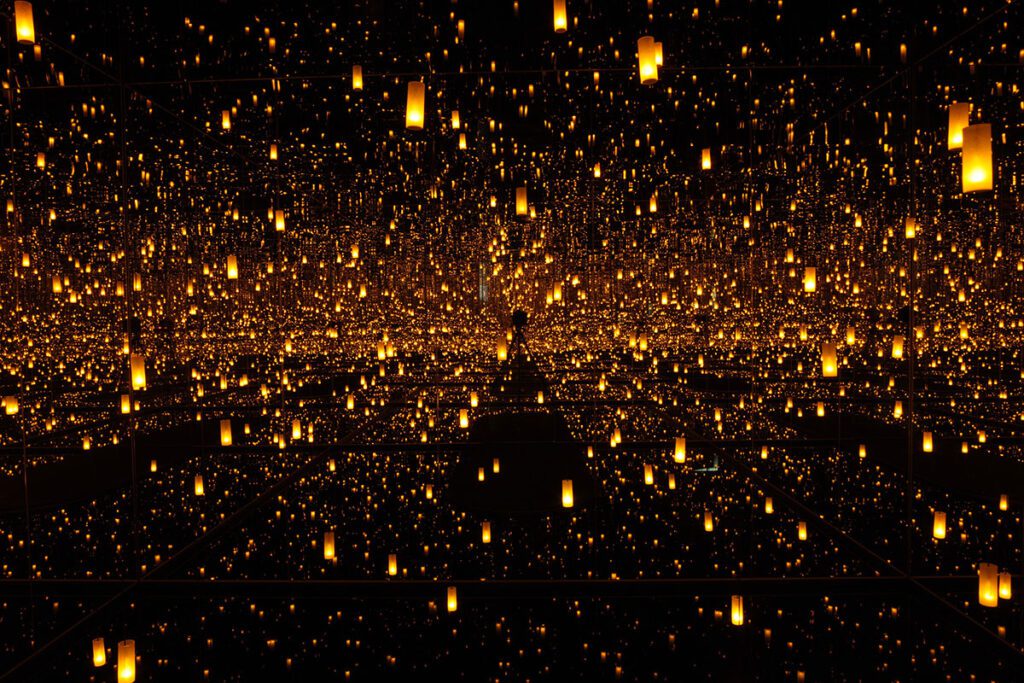
Yayoi Kusama, “Aftermath of Obliteration of Eternity,” 2009. Collection of the artist. Courtesy of Ota Fine Arts, Tokyo/Singapore; Victoria Miro, London; David Zwirner, New York. © Yayoi Kusama
Yayoi Kusama’s Infinity Rooms stand as awe-inspiring masterpieces within the realm of contemporary art. These immersive installations are a testament to Kusama’s unparalleled ability to transport viewers into a realm of boundless imagination and sensory wonder. Each Infinity Room is a meticulously crafted environment, meticulously designed to create a sense of infinite space through the use of mirrors, lights, and meticulously arranged objects. The effect is a mesmerizing visual experience that seemingly extends into eternity, blurring the lines between the tangible and the intangible. Kusama’s Infinity Rooms have become iconic symbols of contemporary art, drawing visitors from around the world to experience their transformative power. They stand as a testament to Kusama’s enduring influence on the art world, as well as her ability to create spaces that evoke a sense of wonder, introspection, and pure, unbridled joy.
6. James Turrell’s Otherworldly Spectacle at Rodam Crater
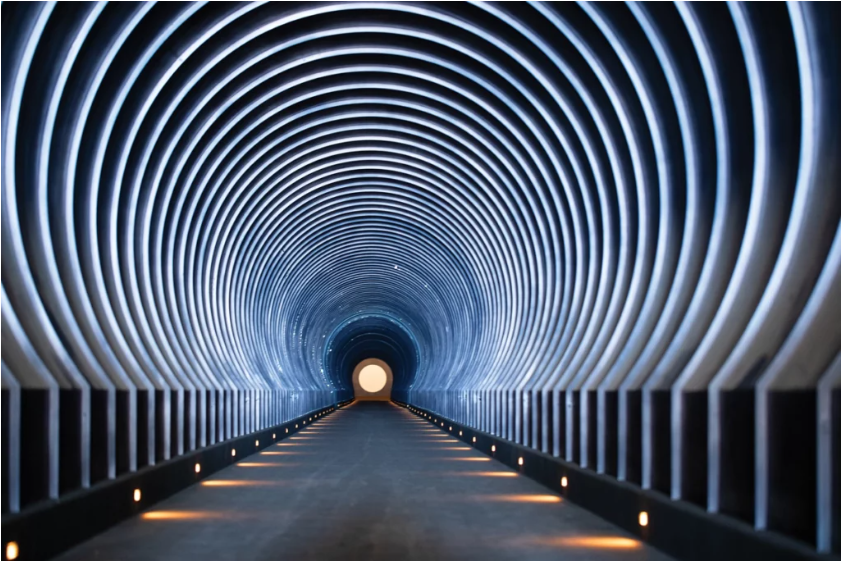
2018 Klaus Obermeyer
The Roden Crater is a monumental land art project created by the American artist James Turrell. Located in the Painted Desert region of Northern Arizona, the crater is a naturally occurring volcanic cinder cone. Turrell acquired the site in the 1970s and has since been transforming it into a massive, immersive artwork that blurs the boundaries between art, architecture, and the natural world. Turrell’s vision for the Roden Crater involves a series of carefully designed tunnels, chambers, and apertures that interact with natural light, celestial bodies, and the surrounding environment. The project is intended to create a meditative and transformative experience for visitors, where they can observe and contemplate the interplay of light and space within the crater.
7. Georgia O’Keeffe’s Highly Influential Wardrobe

Georgia O’Keeffe: Living Modern, March 3, 2017 through July 23, 2017 (Image: DIG_E_2017_Georgia_OKeeffe_01_PS11.jpg Brooklyn Museum photograph, 2017)
Georgia O’Keeffe (1887–1986) is an iconic figure in modern American art, known for early abstractions and vivid depictions of flowers and animal bones. Her attire, though prioritizing comfort, played a vital role in projecting her identity as an independent artist, even featured in a special exhibit by the Brooklyn Museum. Rejecting her Victorian upbringing, O’Keeffe embraced the Arts and Crafts Movement’s ethos, advocating for a unified aesthetic in all aspects of life. She believed in infusing daily routines with beauty, influenced by Japanese and Chinese arts. This approach extended to her wardrobe, marked by clean lines, natural forms, and minimal ornamentation, whether self-made, custom, or off-the-rack.
8. Yayoi Kusama’s Hand Painted Clothing

Several artists have applied their remarkable personal touches to clothing over the decades, but the piece pictured above is a perfect example of the transcendent nature of an artist’s influence. While a deceptively plain blue dress, beyond the pink hand-painted pattern seen on Kusama’s Infinity Nets series, the value lent by Kusama’s brushstrokes is monumental. The above dress was first bought at auction for the not-too-meager sum of $8.7k, but the real shock is how much it resold for 11 years later: $187.5k at auction, representing a 22x return on investment over that time.
9. Pablo Picasso’s Deceptively Simplistic Sculptures
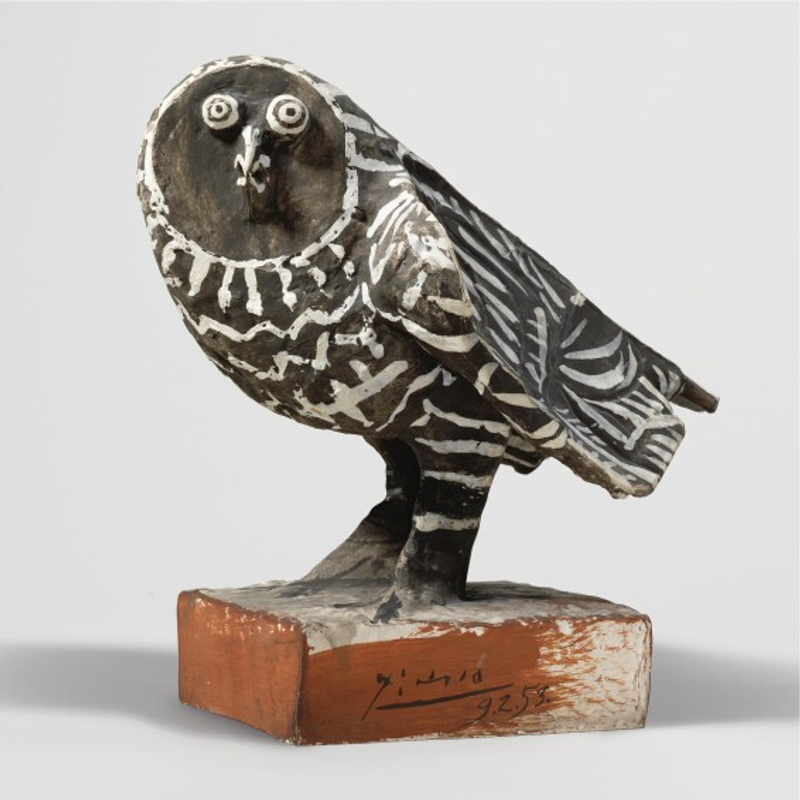
Although he’s known worldwide for his work with paint and canvas, Picasso’s sculptures span a wide range of styles and materials, showcasing his versatility and willingness to experiment. From his early forays into traditional clay and wood sculptures to his later ventures into welded metal constructions, Picasso’s sculptural work reflects a constant evolution and exploration of form. The above sculpture of a delicately perched owl was first purchased at auction for an impressive $200k. But that price pales in comparison to the return on the buyer’s investment, as the sculpture was sold again at auction 21 years later for a 12x return, posting a final sale price of $2.4mm.
10. KAWS’ Building-Sized Inflatables
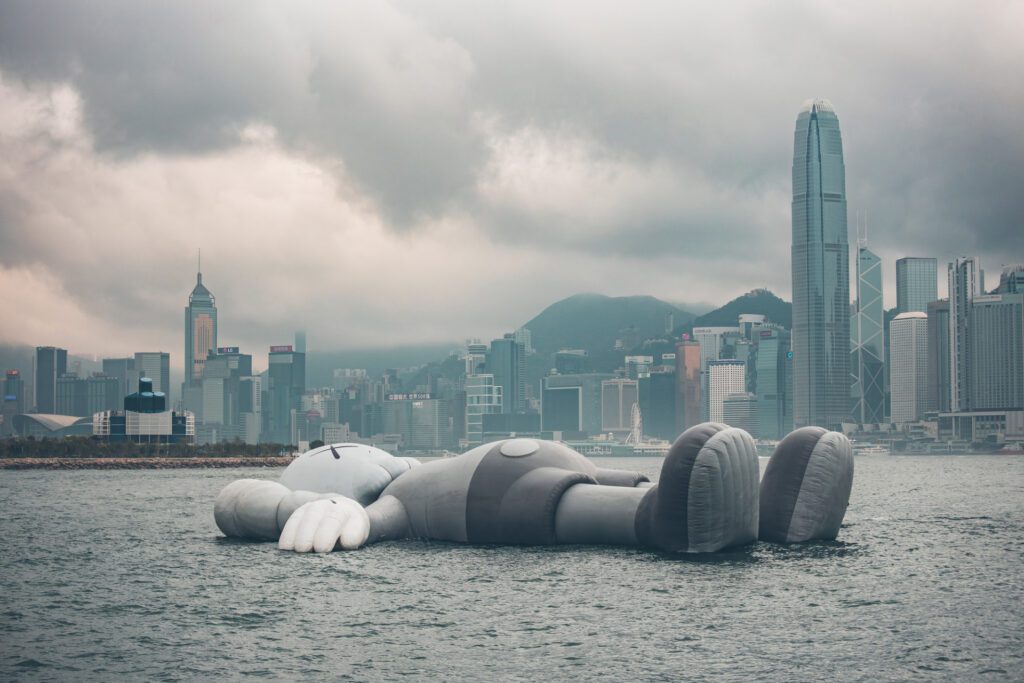
Photo Credit: @harimaolee
These colossal creations stand as a testament to his ability to blend pop culture references with a distinctive artistic vision. The inflatable sculptures often depict KAWS’ signature characters, which are cartoonish figures with X-ed out eyes. These characters, whether inspired by popular animated icons or entirely original creations, exude a playful yet enigmatic quality. Their larger-than-life scale invites viewers to engage with them on a monumental level, transforming public spaces into immersive art environments. Overall, KAWS’ massive inflatable sculptures represent a unique fusion of contemporary art, popular culture, and interactive experience. They embody his ability to push artistic boundaries while creating a sense of wonder and engagement for viewers of all ages.
From massive desert installations, to six-figure dresses, the pieces of artistic genius on this list may seem like unattainable masterpieces. While some truly are, given their inherent nature, some of the examples on our list have long demonstrated their incredible desirability. Although a precedent has been set for art at this level; historically, fine art has served as an excellent storehold of value, allowing its collectors and investors to consistently grow their wealth at a high-rate of return. Its all-weather nature comes with a history of outperformance vs. mainstream assets, and even increasing in value when inflation is high, or the stock market is sinking.
However, up until now, there’s been a problem. These pieces or collections may seem so out of reach, either physically or because of their legendary status, as to be unattainable. But that’s all changing, thanks to the power of technology, and a group of art and finance experts working out of Manhattan’s financial district at a company called Masterworks.
Masterworks’ art investing platform is transforming and democratizing the art market, allowing anyone to collect and actually invest in masterpieces by artists like Picasso, Banksy, Basquiat, and more. They’ve already offered over 300 masterpieces ranging from six-figures to eight-figures in value. (Across Masterworks’ first 282 qualified offerings (not exited), the average offering amount was $3,003,300.) However, Masterworks members can invest in shares starting as low as $20 per share.
It’s finally possible to build a diversified portfolio of famous artworks at a fraction of the typical cost of buying whole artworks. Additionally, through October 2023, Masterworks has exited – or sold – 16 of their works. They’ve all recorded positive returns and provided over $10 million in profits to investors (net of fees).*
*[Please note: All investing activities involve risks and art is no exception. Risks associated with investing through the Masterworks platform include the following: Your ability to trade or sell your shares is uncertain. Artwork may go down in value and may be sold at a loss. Artwork is an illiquid investment. Costs and fees will reduce returns. Investing in art is subject to numerous risks, including physical damage, market risks, economic risks and fraud. Masterworks has potential conflicts of interest and its interests may not always be aligned with your interests.
Liquidation timing is uncertain. Expenses and fees are listed in our Offering Circulars. Note: Fees are 1.5% per annum (in equity), 20% profit share, and certain expenses are allocated to the investment vehicle. Investors should review the offering circular for a particular offering to learn more about fees and expenses associated with investing in offerings sponsored by Masterworks. Masterworks will receive an upfront payment, or “Expense Allocation” which is intended to be a fixed non-recurring expense allocation for (i) financing commitments, (ii) Masterworks’ sourcing the Artwork of a series, (iii) all research, data analysis, condition reports, appraisal, due diligence, travel, currency conversion and legal services to acquire the Artwork of a series and (iv) the use of the Masterworks Platform and Masterworks intellectual property. No other expenses associated with the organization of the Company, any series offering or the purchase and securitization of the Artwork will be paid, directly or indirectly, by the Company, any series or investors in any series offering. For more information, see “IMPORTANT DISCLOSURES” at Masterworks.com/cd
This post was sponsored by Masterworks.com/cd